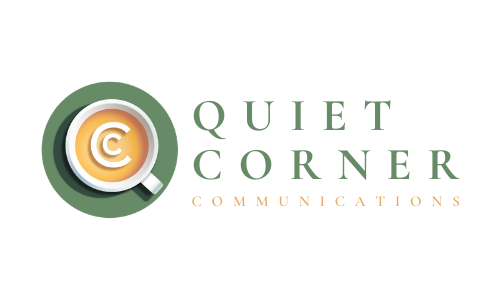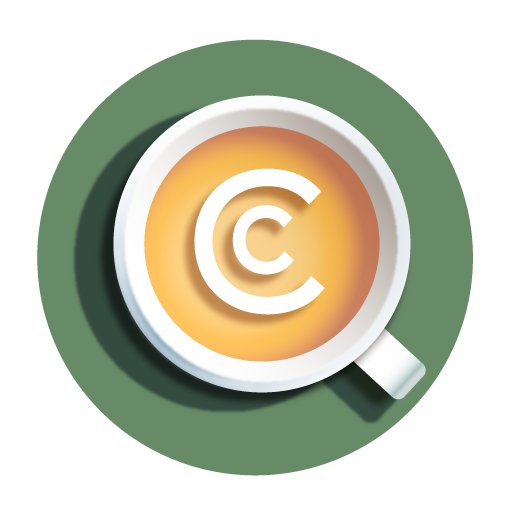The Tea: Four Tips for Better Email Marketing
How many emails do you get a day? I bet it feels like a lot more than 121 — but that’s the average for an office worker. That doesn’t even take into account your personal email — which, if it’s anything like mine, is probably filled with advertisements, random nudges from social media, and hundreds of other emails you delete without ever opening. It’s safe to say the people you’re trying to reach suffer from the same inbox overload.
Depending on who and when you ask, email is either the most trusted channel or the least trusted channel. But I think we can all agree that email isn’t going anywhere. For all the time we spend on social media, we still need an email to sign up — and when Facebook wants to get you back on the platform to, say, spend money, it uses email to try and lure you in.
But writing emails that people open, and then read, is tough — and time-consuming. Once a week or so I get deluged with emails from a local business organization. It’s clear that the person in charge sits down on this day, sets up the emails, and sends them out rapid-fire. As a consequence, I ignore them all. And every week, when I see four emails in a row from this one address, I debate whether or not it’s worth writing to offer up some advice.
While I’ve managed to hold my tongue thus far and have refrained from lecturing that particular individual, I have plenty to say about good email marketing for small businesses, and I’m happy to share!
Send fewer emails
I recently pulled a report for one of my long-term clients and found the following:
Year-Over-Year (YOY) total emails sent decreased by 24.45%
YOY total average email open rate increased by 126.47% (percent change) / 19.96% (actual change)
Yes, we decreased the number of emails we sent by nearly a quarter, but boosted the open rates. This tracks with industry best practices that all suggest less is more when it comes to email.
But even with this client, we sometimes go through periods where — often against my better judgment — we end up sending a lot of email and boy do we see the impact. Open rates drop, and while unsubscribes don’t necessarily increase, our email platform automatically moves people to the unengaged list when they don’t open a certain number of emails — and the more emails you send, the more opportunities you give people to not engage.
So, we believe the best thing you can do for your prospect list is to leave them alone unless you’ve really got something to say.
Segment that list
Personalization is becoming more and more important in marketing — but most small businesses don’t have a ton of data on their users. You should have some basic info — like where they are from, what line of business they are in, or have they made a purchase from you before. If you’re going to send fewer emails, it means you have to make the emails you do send more impactful — and we do that by segmenting the list and making our messages more targeted and personal.
So let’s get back to the client I mentioned before. One of the things we know about the people on their list is whether or not they have attended one of their events. So when it comes time to promote the next event, we’re always sure to make alumni feel special and offer them a discount — or even a free ticket — to the next event.
Subject lines, subject lines, subject lines
If the most important thing in real estate is location, then the most important thing you can do when crafting emails is to write a great subject line (and an equally good preview line). That’s going to mean something different for every company and each situation, but here are a few tips I like to follow:
Personalize it when possible by using the customer’s name
Keep the subject line short and punchy — use your preview line to get in a bit more information
Don’t be afraid to experiment — sometimes what you think will work doesn’t, and you’re surprised to find something else is a hit (for instance, my client’s audience wasn’t enticed by using FREE in the subject line, but did really respond to more informative, content-based emails)
Schedule your emails
When it comes to marketing, automation is key! If you can only sit down one day a week to write emails, that’s fine — just don’t send them all at once. We use MailChimp here, and there’s a free version that should work for most businesses.
But I also use the free Boomerang plug-in for Gmail on my personal account. I often use it to schedule birthday emails to friends and family, because otherwise, I’m prone to forgetting to send the messages on time. I remember the day or week before, and then forget on the actual day — but with Boomerang’s help I can schedule the message when I’m thinking of it, and appear far more thoughtful than I actually am.
If you can take these tips to heart and master what matters most, success will follow. But if you’re still not sure how to proceed, give me a shout.


